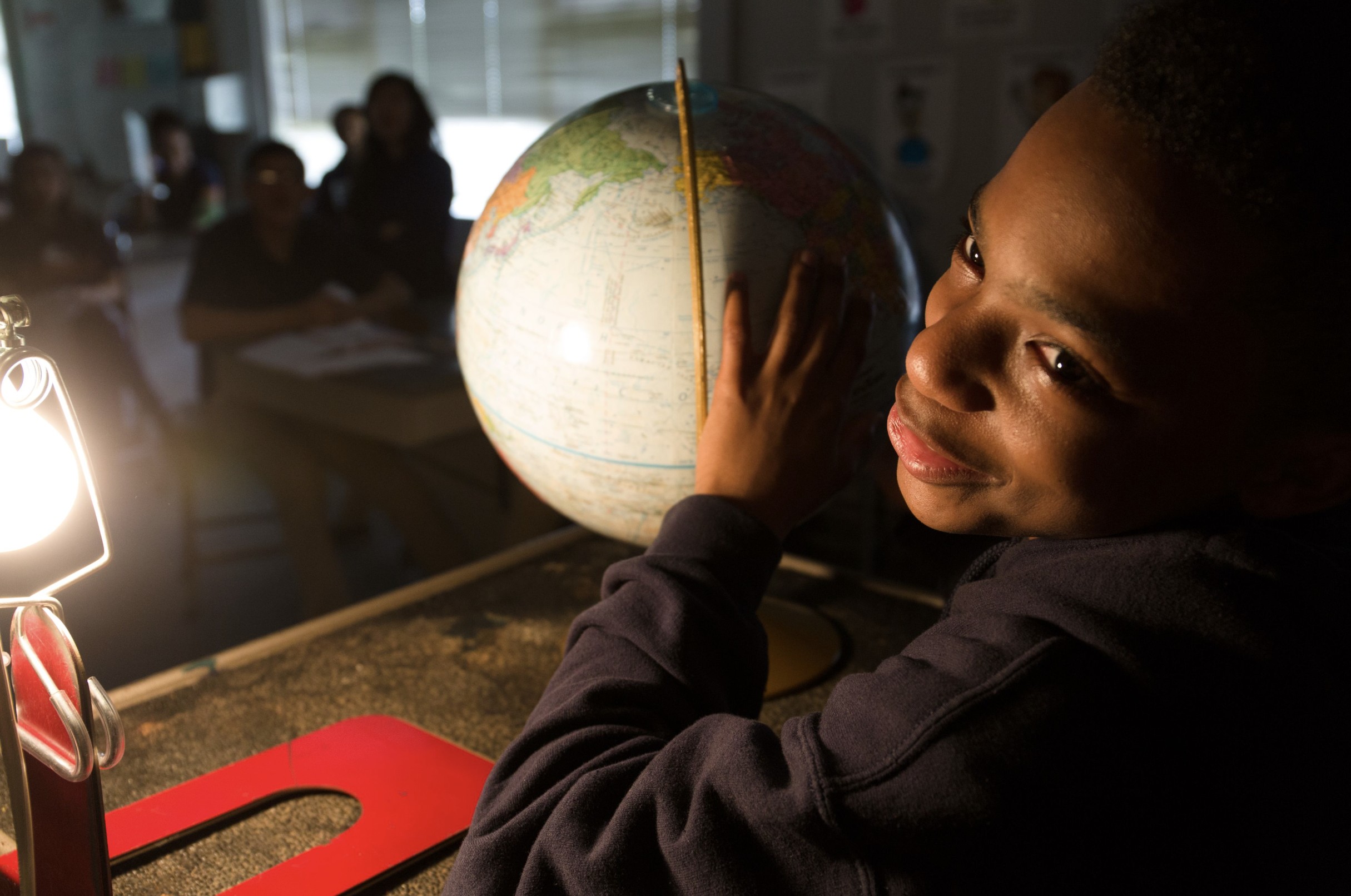 The ambitious teacher “works with students’ ideas” over time. What would you experience in classrooms where ambitious teaching was the focus? You would see and hear:
The ambitious teacher “works with students’ ideas” over time. What would you experience in classrooms where ambitious teaching was the focus? You would see and hear:
- Teachers anchoring their instruction in complex and puzzling phenomena that are meaningful and relevant to learners. Teachers design science experiences so that science aims for justice and creates space for joy.
- Students engaging in multiple rounds of creating and revising scientific models, explanations, and evidence-based arguments, expanding ideas over time.
- Teachers use a variety of discourse strategies with students to get them to think deeply and respond to each other’s thinking about phenomena, ideas, and multiple perspectives.
- Students prompt each other to engage in sense-making talk during investigations and other activities because students are working to learn from each other’s perspectives.
- Students’ ideas being represented publicly and worked on by the class as a collective science learning community.
- Teachers use a variety of discourse strategies to support students in responding to one another’s thinking, build collaborative explanations, and broadly address issues of power and positionality in the classroom and science.
- Students using evidence to advocate for justice-centered uses of science based on multiple perspectives, ideas, and questions that have broadened over time.
- Students reflect on how they learned and how they broadened what it means to participate in science together.
Ambitious teaching is supported by four sets of core practices that work together throughout every unit of study. These practices start with designing units of instruction (Planning for engagement with important science ideas); they then focus on making visible what students currently know about the science being taught (Eliciting students’ ideas); they help the teacher guide sense-making talk around investigations and other kinds of lab activities or readings (Supporting on-going changes in thinking); and finally, they help the teacher scaffold students’ efforts to put everything together near the end of a unit (Pressing for evidence-based explanations). Equity and justice are woven throughout each of these sets of practices, including work that teachers and students can do inside of the classroom and in science more broadly.
Throughout this website, we use the term “practices” because, as in other professions like medicine, law, engineering, and architecture, there are principled ways of doing the work that can be identified, learned, and continually improved over time. Practices are complex and involve routines that ground teaching and learning and support principled improvisation. Complex practices depend on teachers’ perspectives on what and how science should be learned, how students’ contributions can and should be taken up in science, and how science can be oriented toward social transformation and justice. The idea of ambitious teaching is used to support the development of a common vision so that teaching and learning can improve across many different subject areas and many different classroom contexts. We’re not there yet; this is just the beginning of that journey. Below we share more specifics about each practice and provide video examples of each.
